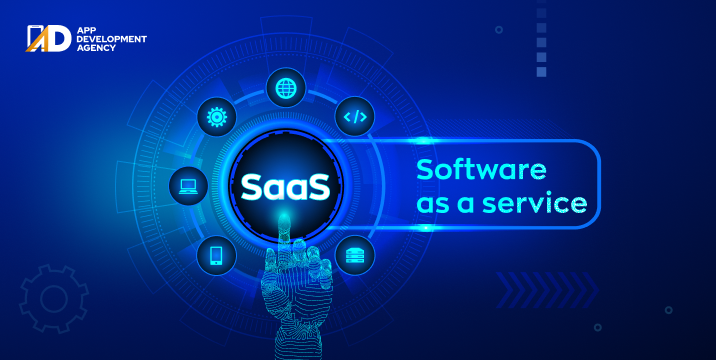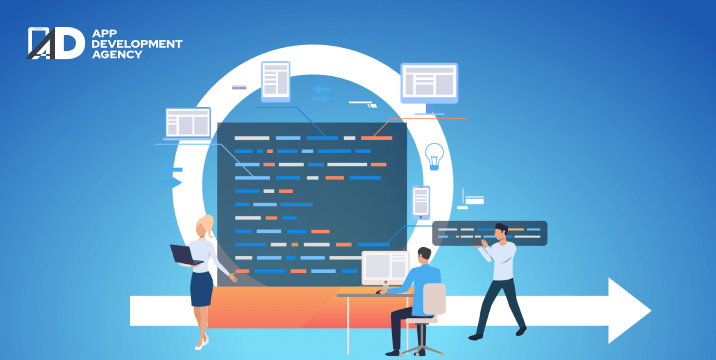According to a Forbes analysis estimate an upward of 80% of data is unstructured. Unstructured data cannot be always handled in real-time. Try to store this data in RDBMS, do you think it will really scale up in real-time and give 100% performance? Obviously not. That is why no SQL databases came into the picture to store and handle this data in real-time. In this excerpt, we will cover the most prominent NoSQL databases – Hbase and Cassandra.
NoSQL is short for No Structured Query Language, which simply means it is not relational. Any raw piece of data is stored in JSON documents and not in form of regular rows and columns like in relational databases and sub-divide into various flexible data models. NoSQL databases store data in a tabular way in contrast to the relational databases which store data in form of rows and columns in tables.
NoSQL databases make use of documents instead of regular tables (rows and columns). It can be a pure document database, key-value store, wide-column database, and graph database. Successful enterprises rely on NoSQL, as it handles large data volumes.
NoSQL databases do not require a fixed table schema. It generally skips horizontally and avoids major JOIN operations on the data. SQL databases are a subset of NoSQL databases, nothing more.
NoSQL databases are faster than regular relational databases for key-value storage as these are not fully supported for ACID transactions (atomicity, consistency, isolation, durability). It prevents data inconsistency and there is no redundancy.
How is the application of the NoSQL Database different from Enterprise Resource Planning (ERP), financial accounting, and HR?
It supports thousands of concurrency users.
It is highly responsive as querying is not involved. If there is $100, user A shoots a query to withdraw $10, while user B shoots a query to withdraw $20, the remaining balance must be $90 or $80, or $70. This inconsistent state of the database is resolved in NoSQL, as ACID properties are not involved.
Tesco, Ryanair, Marriot, Gannett, GE
These support a large number of concurrent users, large volumes of the online database, hardware/software updates, real-time data, and semi-structured and unstructured data. these are used to create offline-first apps and synchronize mobile data and remote databases in the cloud. They also support multiple mobile platforms with a single backend.
Apache Cassandra is an open-source highly scalable NoSQL database that manages unstructured data. It features fault tolerance and linear scalability on cloud infrastructure/commodity hardware on sensitive data. It enables the processing of large volumes of fast-moving data in a reliable and scalable way. It is being used by Amazon, Apple, Facebook, Instagram, and Netflix. Approximately 7668 companies are using Apache Cassandra. It replaces failed nodes and replicates data across multiple nodes automatically. Cassandra enables organizations to churn large data volumes, which is why companies like Instagram, Netflix, and Facebook use it for critical purposes.
Powerset (a Microsoft Company) designed the Hbase database management system in 2007. It enables real-time analysis of data, fast reads and writes, and useful data overwriting. It is an open-source, column-oriented, non-relational, distributed database that works with Hadoop Database File System. It is useful when you require quick data in real-time. It is based on Google’s BigTable.
| Points of Differences | Apache HBase | Apache Cassandra |
| Based on | It is based on Google’s BigTable. | It is based on Amazon’s DynamoDB. |
| Architecture | It uses Hadoop Infrastructure upon HDFS, Zookeeper, and NameNode. | Various Cassandra deployments make use of Storm and Hadoop. |
| Moving Parts/Single – Node Type | It makes use of Name Node, Zookeeper, data node, and HBase master to perform different functionalities. | It makes use of a single node-type where each node performs the same function. |
| Scan | It supports row scans based on range. | It does not support scans based on rows. |
| Asynchronous Replication | Hbase facilitates asynchronous replication across a WAN and ordered partitioning. | Random Partitioning |
| Atomic Compare and Set | Supports | Does not support |
| Load balancing | Supports load balancing against a single row. | Does not support |
| Co-processor | Supports | Does not support |
| Bloom filters | For indexing | For Key lookup |
| Features | It features modularity, scalability, automatic sharding, failover between region servers, block cache, boom filters, and JRuby shell. | It features replication, redundancy, consistency, adding notes on demand, partitions, and always up and running nodes |
| Architectural Components | HDFS, Hmaster, Hregionmaster, Zookeeper, Hregions | Node, Replication factor, Partitioner, SStable, Memtable, Cluster, and Commit Log |
| When to choose? | HBase follows a master-slave architecture, which implies that if a master node fails, all the nodes dependent on it will stop working. Choose Hbase when you know that your highly consistent data store will be intact. | Cassandra works on a masterless architecture where nodes are replaced if they fail. The replication of nodes can pop-up inconsistency, but maximum availability to the client. |
| Use Cases | It offers high availability, and high performance, and is ideal for running analytics and data aggregations. | Cassandra is also optimal for high availability It works as a standalone application, needs minimal support, and is efficient for applications that need minimal setup, real-time transactions, and interactive data models. |
| Web applications (SAAS) | Both HBase and Cassandra can be used as backend data stores in web applications. | |
| Schema | Table, Row Key, Column Family, Cell, Timestamp, and Column qualifier. | Partition Key, Primary Key, secondary indexes, column family, cluster, keyspace, and column. |
| Query Language | HBase can be queried with map-reduce, JRuby shell. Cassandra can be queried with Cassandra Query Language (CQL) | |
HBase is like a meta-data storage as it depends on third-party systems. It works best for small systems while Cassandra works best for large-scale systems. Select Cassandra if your big data project requires real-time transaction processing. Big data analytics companies select HBase if they have to perform aggregations on big data. Plus, one size does not fit all, therefore make a reasonable choice according to your organizational needs and project requirements.

Fun Fact – The median market valuation for a SaaS-based business is 15 times of its revenue. That is Huge! The number is astonishing and much more than other conventional business models. For instance, you own a SaaS business model and your annual revenue lies at $1 million today, then your current market valuation stands …
Continue reading “SaaS Business Model 2024: A Perfect Guide for Entrepreneurs”
Read More
Software development is one of the greatest endeavors irrespective of the size and domain of the business. Therefore proper development plan and execution is a must to ensure the success of your project. A software development plan refers to the roadmap your development is going to follow to steer your project from the ground to …
Continue reading “How to Make a Software Development Plan for Your Dev Team?”
Read More
Are you aspiring to be an entrepreneur who succeeds? Nowadays when human beings are becoming more and more reliant on technology, and the demand for new software is constantly increasing. Investing in software project ideas. However, finding the right ideas for software is not simple. There are software apps for almost all purposes starting from …
Continue reading “Top 10 Future-Ready Software Ideas for Emerging Startups in 2022”
Read More